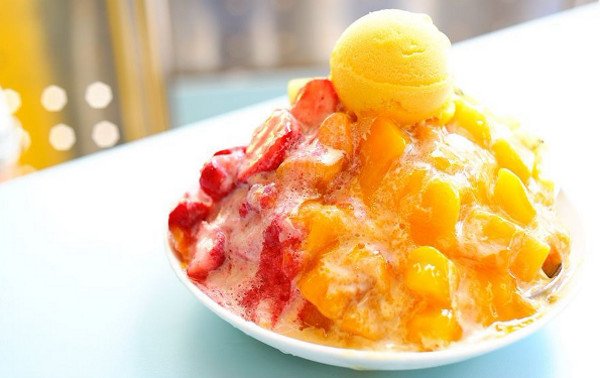

I often get asked if it’s really hard for an Italian to have to eat gluten-free (GF), and in China too. No pasta? No dumplings? What *do* you eat?? Luckily, China has always been a fairly GF-friendly country. With the rare exception of restaurants specializing in wheat-based noodles or dumplings, there are always plenty of rice-based dishes to choose from, as well as rice noodles (and other GF starch noodles like mung bean or sweet potato noodles…). Corn, millet and buckwheat are easy to find in most supermarkets. The trickiest ingredient, I find, is soy sauce, which does contain gluten and is ubiquitous in Chinese cuisine, so you need to make sure that your dish can be prepared for you without it. In big cities like Beijing or Shanghai, more and more GF food is available at stores specializing in imported goods, or from online stores; a handful of bakeries now even offer freshly baked GF bread, cookies or cake, so all in all China’s culinary landscape has been fairly easy to navigate.
Eating out can still be challenging, if you don’t speak Chinese, but high-level restaurants and hotels these days are well aware of what gluten is, where it’s found and what possible alternatives are. I am always hugely impressed when a warm GF roll is placed on the table for me, or when I am thoughtfully offered quinoa salad instead of a sandwich in a packed lunch. Not all restaurants in China, though, and not all of those involved in the preparation and delivery of your food will be so switched on, of course. The concept of food intolerances in China is still fairly new, and cultural and linguistic discrepancies often lead to confusion (which is how a vegetarian stating “I don’t eat meat” may puzzlingly be served salmon, or someone wishing to avoid pork may have to send back a dish with bacon bits on it!). But this is exactly what your guide or your China Host are there for. They are well aware of what gets lost in translation and can make sure that your dietary requirements are respected.
I also strongly encourage you to take full advantage of a cuisine that knows a thing or two about cooking with rice, especially in the south. Dim Sum, for instance, doesn’t only mean wheat-based dumplings and pastries, changfen – a type of stuffed rice noodle rolls – is a delicious GF alternative (hold the soy sauce…). Glutinous rice desserts are omnipresent (don’t be afraid, ‘glutinous’ here just means ‘sticky’) and you’ll also be surprised at how versatile tapioca is, from puddings to sago fruit drinks (fresh fruit juice with little tapioca balls in it). Taiwanese-style baobing, mounds of shaved ice covered in fresh fruit, azuki beans or peanut butter sauce, are also safe options and absolutely delicious on a hot summer day.
Valeria is a Beijing-based Senior Itinerary Designer from the Italian Alps region on the border with France. She speaks native-level French and Italian, excellent English and wonderful Mandarin Chinese. Her passion for the scenery of her homeland has led her to deepen her knowledge of China’s less traveled paths, particularly in the provinces of Sichuan and Yunnan, where she lived and studied for some time. Valeria also happens to be Imperial’s resident tea expert.